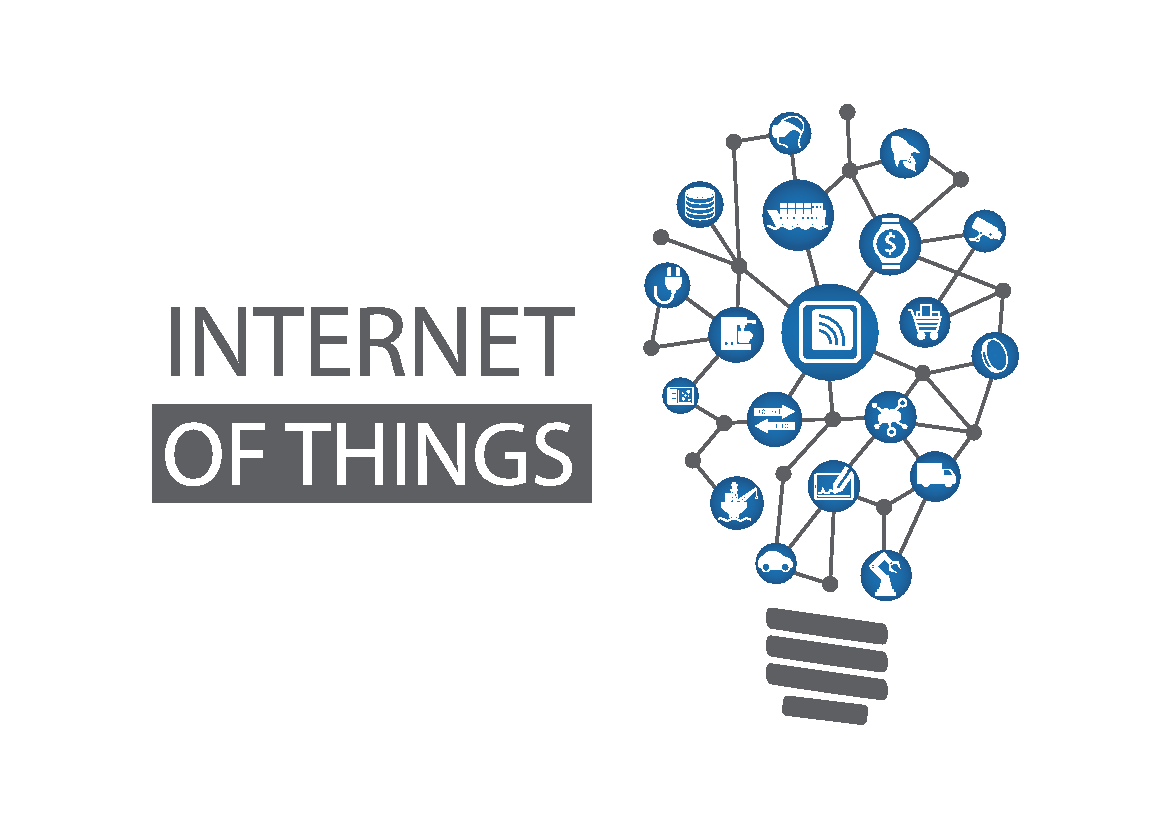What is This Whole IoT Thing? – Part 1

Everywhere you look, it seems like everything has the potential to connect to everything else. This phenomenon is often referred to as the Internet of Things (IoT), but the term can be confusing. So, what is IoT, why is it important, and does it matter to you? This blog is the first part of a two-part series where we explore these questions.
Before defining IoT, let’s discuss the two main ways data is processed and stored:
- Centralized: In this model, all data is sent to a central location for storage and processing. When needed, the data is sent back to endpoints for use. This is similar to old mainframe systems where “dumb” terminals were used to interact with a central server. Most web-based applications operate this way, with data processing happening on the backend and the user seeing the output through a browser.
- Distributed: In a distributed environment, data is stored and processed in decentralized locations. Sometimes, data is processed entirely locally and never sent to a central point. More commonly, data is processed on a device like a laptop and then uploaded to a shared location for further use and analysis.
IoT, in simple terms, is a network of devices that collect and share data with each other. While the concept isn’t new, its reach and application have expanded significantly. For example, manufacturing systems have long used sensors and actuators to automate processes. These systems typically communicate through a central controller, known as a Programmable Logic Controller (PLC), which processes data and directs actions.
The expansion of IoT brings this capability into new areas and updates old technologies. For instance, fitness devices have evolved from simple heart rate monitors or step counters to sophisticated systems like the Garmin Smart Watch. This watch, paired with a heart rate strap, collects GPS data, movement metrics, and heart rate information. It processes this data in real-time, providing detailed analytics. After a workout, the data can be uploaded to a smartphone or directly to the cloud for further analysis.
Other examples of modern IoT devices include:
- Nest Programmable Thermostat: Provides real-time analytics to your HVAC provider.
- Insulin Pumps: Controlled via smartphone, with data uploaded to healthcare providers.
- Connected Cars: Use WiFi or Bluetooth to access weather updates, maps, and more.
- Smart Alarm Systems: Remotely control locks and cameras via a smartphone app.
- Smart Appliances: Refrigerators, ovens, and washers/dryers that communicate their status and can be controlled remotely.
While the concept of devices communicating isn’t new, the proliferation of the Internet and cloud computing has significantly expanded IoT’s capabilities. These technologies enable IoT devices to connect over long distances, with data centrally stored, processed, and accessed remotely.
IoT offers incredible potential but also raises important questions and concerns. In the next blog, we’ll delve into these issues.
If you’d like to discuss IoT or any other IT needs, please contact us. We’re here to help you navigate the complexities of technology.
